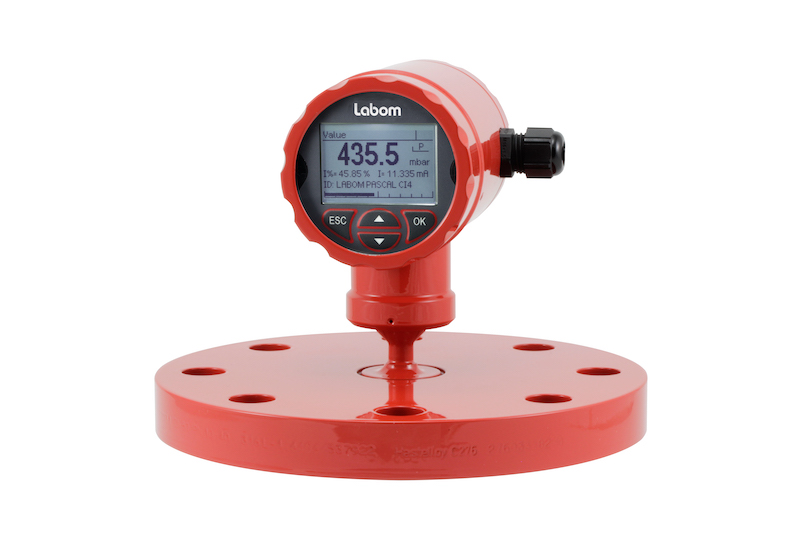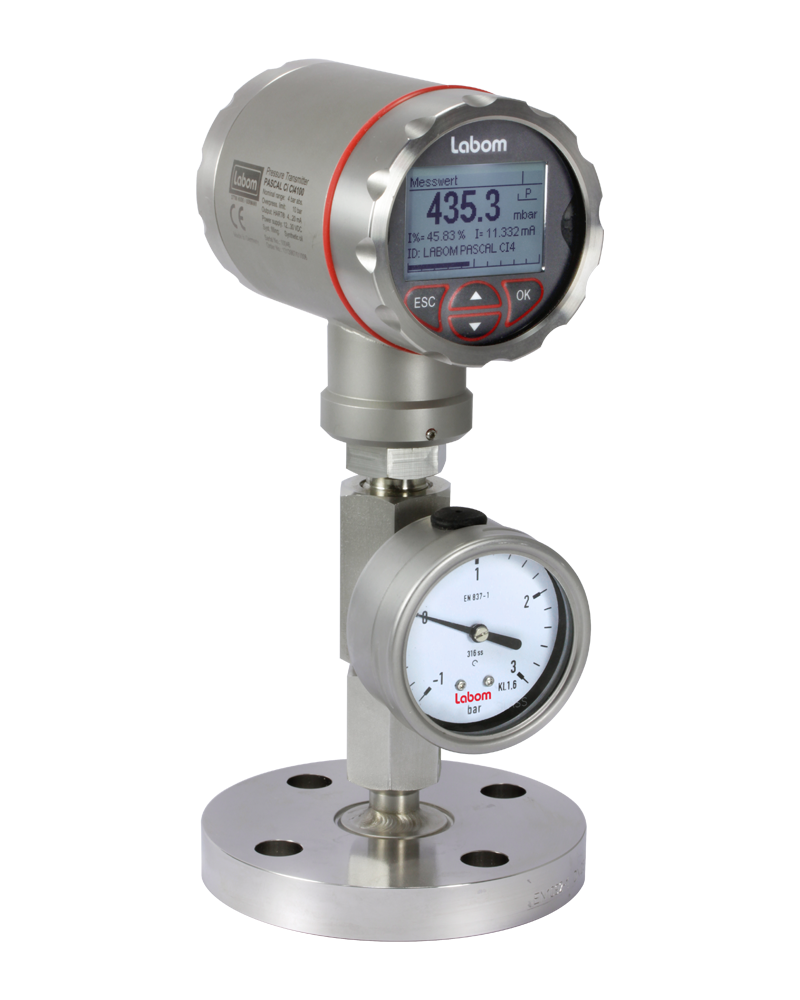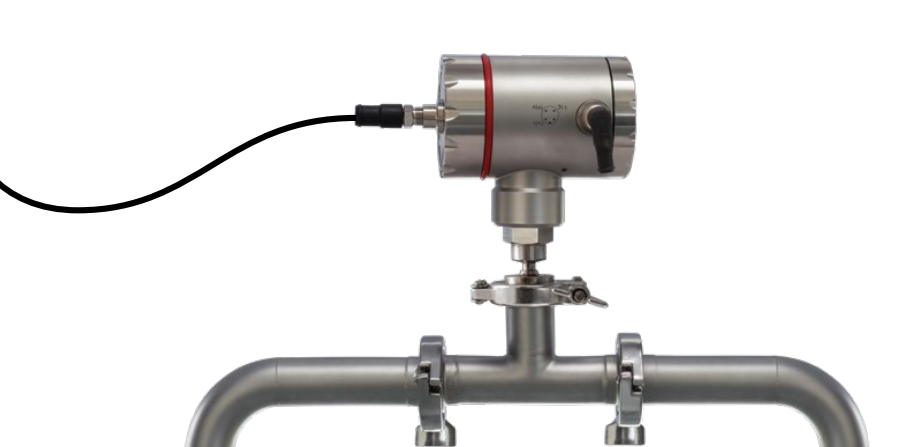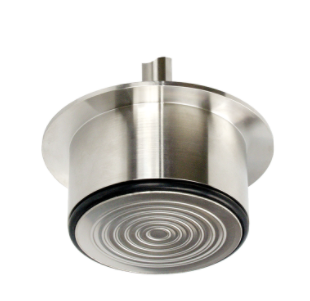Diaphragm Seal for Difficult Media Modular System with Patented Diaphragms

Background
This particular case study highlights diaphragm seal options for difficult modular systems with patented diaphragms from Labom, looking specifically at viscous paints and coatings.
Holger Weu, R&D at Labom, explains: “The design of the diaphragm seals can vary greatly depending on the measurement task. Nonetheless, the basic components can be identified on any diaphragm seal. Particularly important for the protective function of the device is the diaphragm, a thin film that shields the gauge from pressure in the process vessel or pipe. The diaphragm is held in place in the diaphragm seal body. It must have a suitable process connection so that it can
be integrated into the system to be measured. To transfer the process pressure caught by the diaphragm to the measurement element, a pressure transmission fluid is used. It is in the entire pressure measurement system and is used to transmit the pressure from the diaphragm seal via the fill head (which forms the connecting piece between diaphragm seal and measurement device) to the measurement device.”
Challenge
The fast pace in which automation and innovation is developing in the process industry is exciting and rapid. There’s a requirement for advancements in more specialised measurement methods. With patented diaphragm types and tailored designs for diaphragm seals, Labom makes its contribution to exact results and a high level of operational precision. This approach is particularly advantageous for measuring what is known as ‘difficult media’ including viscous paints and coatings.
Solution
Every diaphragm seal is created with its own distinctive characteristic which must be considered when selecting the most compatible device for it to correspond with. As Holger We u explains: “One of the most used diaphragm shapes is a sinusoidal. This particular application can be produced with relative ease and importantly can be accurately repeated but only up to a specific thickness.”
For different applications which require a greater diaphragm thickness (nikel or Monel), sinusoidal diaphragms may not be the best option. For these purposes Labom has developed other options: one of these is compiled of Hastelloy or tantalum, which is best used for low-pressure applications. Temperature is a variant that can impact the function of a seal diaphragm. Holger Weu explains: “The Low Temperature Coefficient (TLC) diaphragm which has been developed by Labom counteracts the temperature-dependent volume expansion of the pressure transmission fluid with a robust stainless-steel diaphragm. The mechanically resilient stainless-steel diaphragm with a thickness of at least 0.1 millimetres is spanned radially to the centre using a special manufacturing process. Meaning it has at least two zero positions that it wants to assume.”
So employing a uniquely developed manufacturing process the diaphragm is put into a position between the two zero positions and operates in this range with almost no deflection.
Result
The results of these types of diaphragm seals means that it is able to absorb volume changes to the fluid due to the influence of temperature so that these fluctuations have practically no impact. Compared to conventional sinusoidal diaphragms, an LTC diaphragm can deliver up to 70 % greater measurement accuracy. This implies that the diaphragm is able to absorb volume changes to the fluid due to the influence of temperature so that these oscillations have practically no influence.
*Credit to Author: Holger Weu, R&D, Labom.
*Source: https://www.labom.com/files/downloads/publikationen/fachbeitraege/Diaphragm-seals-for-difficult-media__technical%20contribution__EN.pdf





